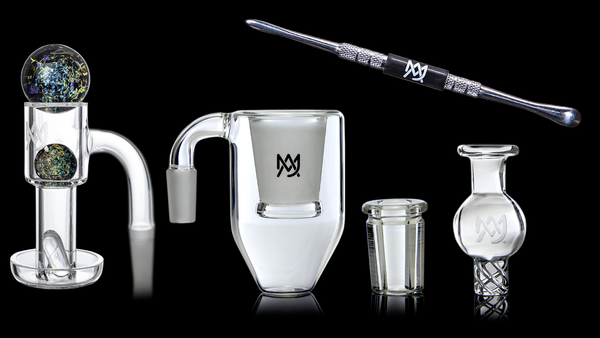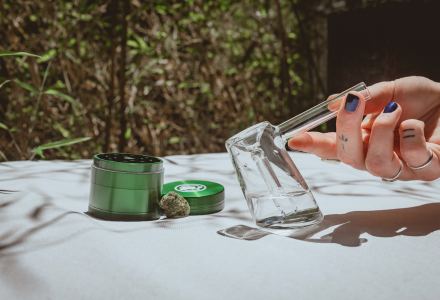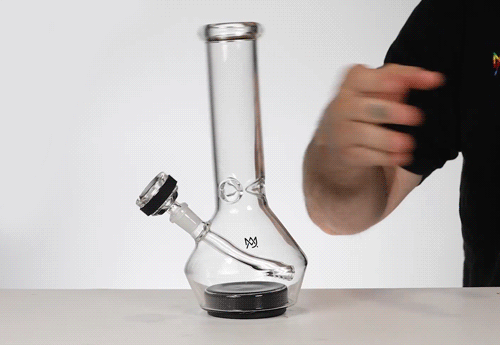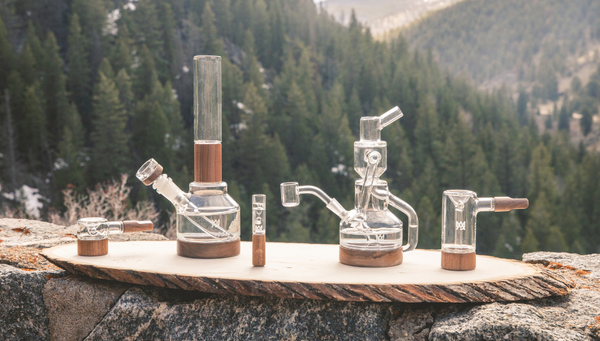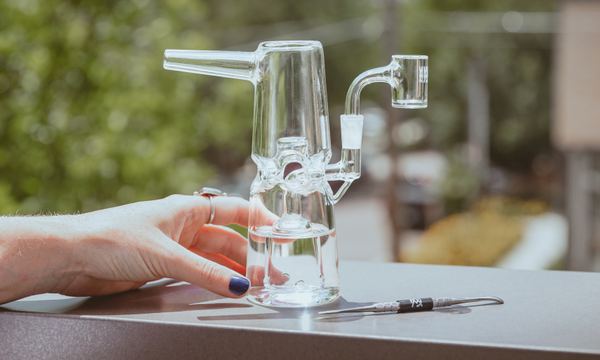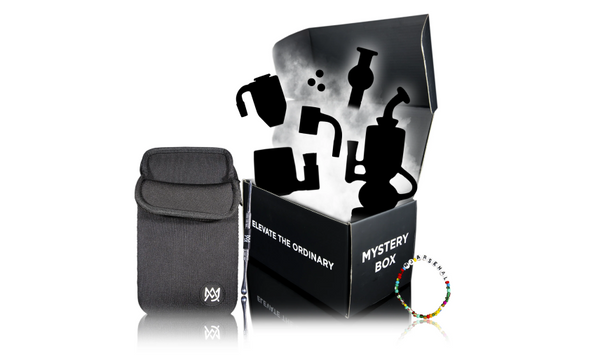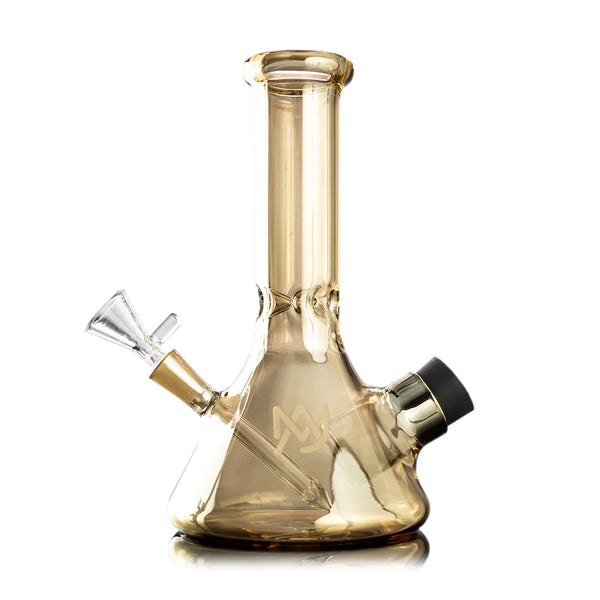
When was the Bong Invented?
When Was The Bong Invented
You might think the bong is a modern invention, associated with contemporary cannabis culture. Yet, its history is more ancient and intriguing than you'd imagine.
We'll journey from its origins, explore its cultural significance in Asia, examine its evolution into today's forms, and predict its future.
Grab your curiosity and let's delve into the fascinating story of when the bong was actually invented.
Key Takeaways
- The bong was invented in Central Asia around the 16th century.
- It was originally made from bamboo by tribal societies for rituals.
- The bong spread through the Silk Road and eventually glass replaced bamboo in the 19th century.
- In Asian cultures, particularly in Ming Dynasty China, bongs symbolized status and sophistication, and hookahs with water filtration were popular in India and the Middle East.
Historical Origins of the Bong
Though it's not exactly clear when the first bong used was invented, it's believed to have originated in Central Asia around the 16th century. These early water pipes were typically made from bamboo and were used by tribal societies for various rituals. This form of smoking quickly spread over the Silk Road with the movement of trade goods to other parts of Asia.
The bong's function relies on a simple principle of physics. It cools the smoke by passing it through water, creating a smoother, less harsh inhalation experience. This fundamental concept, you'll find, has remained largely unchanged through the centuries, despite the bong's evolution in design and materials.
By the 19th century, the bong had reached China and was often used for smoking tobacco. It was around this time that glass began to replace bamboo as the primary material for these water pipes. Glass allows for easier cleaning and a purer flavor, advantages that have led to its continued use in modern bong design.
So, while the exact date of the bong's invention remains a mystery, its history offers a fascinating look at how a simple device has evolved through centuries and cultures to deliver a smoother smoke.
The Bong in Asian Cultures
Dive into the rich cultural history of the word bong, as it's deeply rooted in Asian societies, particularly China, India, and the Middle East.
In China, you'll find that the usage of bamboo bongs even dates back to the Ming Dynasty, highlighting its long-standing significance.
Then, explore how its influence spread to India and the Middle East, where it's not only a symbol of cultural identity but also plays a pivotal role in social and religious events.
Usage in China
You'll find it interesting that bongs were widely used in Ming Dynasty China, often for smoking various substances. These ancient artifacts, typically made of bronze, were commonly referred to as 'pu' and were a staple in Chinese culture. They were used not only for their functionality but also as decorative pieces, symbolising status and sophistication. They also played a significant role in ritualistic and medicinal uses, with cannabis being a common substance that ancient bongs were smoked.
Over time, the use of the bong in China evolved, with designs becoming more intricate, and materials varying. This evolution modern glass bongs reflects China's dynamic cultural and historical changes. Despite the shift towards modern smoking devices, the bong's historic significance and cultural relevance in China remains undeniably profound.
Influence in India and Middle East
Shifting our focus to India and the Middle East, it's fascinating to see how these regions have also incorporated similar smoking devices into their cultures.
The bong, called 'hookah' in these areas, has a rich history dating back to the 16th century. Its invention is often attributed to a physician in the court of the Mughal emperor Akbar who wanted to reduce the health risks associated with smoking.
Unlike the Chinese version, the hookah utilizes water to cool and filter the smoke, creating a smoother inhalation. This device has been more than a smoking tool, it's also been a status symbol, a social activity, and an art form.
Its influence has even spread to Western societies, where it represents an exotic, communal smoking experience.
Development of Modern Bong
It's believed that the modern bong, as we know it today, was developed during the late 16th to early 17th century in China. During this time, Chinese craftsmen began creating more complex smoking devices from bamboo, and it's from this period that the bong starts to resemble the smoking device that we are familiar with today.
Here are some key developments that played a role in the evolution of the modern bong:
- The use of different materials: Originally, the earliest bongs were made from wood or bamboo, but over time, people started using materials like borosilicate glass, plastic, and ceramic.
- The introduction of water: The use of water in a bong was a significant development. The water cools the smoke, making it smoother to inhale.
- The addition of multiple chambers: Some modern bongs feature multiple chambers, which further cool and filter the smoke.
- The incorporation of various features: Modern bongs often include features like removable bowls, percolators, and ice catchers to enhance the smoking experience. Colorful golden bongs line smoke shops across the globe (in places where they don't completely ban bong sales, anyway).
The evolution of the bong has been a fascinating journey. From simple bamboo tubes in ancient times to the complex, multi-chambered glass pieces we see today, the bong has continually adapted to meet the needs and preferences of its users.
Popularity and Usage in Contemporary Society
Nowadays, you're likely to find these smoking devices in many homes, as they've become quite popular and widely used in contemporary society. Bongs, with their unique filtration system, are hailed for providing a smoother, cleaner smoking experience. They've permeated various subcultures and corners of society, transcending their traditional cultural origins.
Their popularity is not without reason. You'll find that bongs have been adopted by smokers because they offer a different, often considered superior, experience compared to other methods. The water filtration system not only cools the smoke but also filters out some of the harmful toxins. This results in a less harsh and more flavorful inhalation.
Moreover, the rise of cannabis legalization across many U.S states and countries worldwide has played a significant role in boosting the bong's popularity. With more people having legal access to cannabis, the demand for smoking accessories like bongs has increased.
Yet, it's important to remember that while bongs may offer a cleaner smoke, they don't completely eliminate the risks associated with smoking. Understanding the potential health implications is key to making informed decisions about your smoking habits.
Future of the Bong
Looking ahead, there's a great deal of potential for innovation and advancement in the world of these water pipes. The glass bong industry is set to undergo major changes in the future as technology becomes more integrated into every aspect of our lives.
- Future advancements in the bong industry could include:
- Smart bongs: Imagine a bong that auto-cleans itself or even adjusts the temperature to optimize your experience. Smart bongs could take the guesswork out of these processes, providing an enhanced user experience.
- Eco-friendly bongs: With growing environmental awareness, we might see an increase in sustainable, biodegradable, or even upcycled materials used in bong production.
As the cannabis industry continues to grow and change, the bong is likely to evolve along with it. It's fascinating to consider what the invented the bong the future may hold, whether it's bongs that connect to your smartphone or eco-conscious designs that help protect the planet. Regardless, the bong's future seems bright, filled with innovation, sustainability, and a continued dedication to enhancing the user experience.
So stay tuned and keep an open mind - the future of the bong might surprise you.
Frequently Asked Questions
How do the materials used in bong production affect its usage?
The materials used in your bong's production directly impact its functionality. Glass bongs provide a cleaner taste, but are fragile. Ceramic and metal bongs are sturdier, but can alter the flavor of your smoke.
What are the legal implications of owning or using a water pipe in various countries?
Laws on bong ownership and usage vary greatly worldwide. While it's earliest known bongs are legal to own in some places, others deem possession illegal. It's crucial to research local laws to avoid potential legal repercussions.
Are there any health concerns associated with regular bong usage?
Yes, regular bong usage can lead to health issues. You're smoking cannabis, which means you're smoking.
What are some common misconceptions about bongs and their usage?
Contrary to popular belief, bongs aren't just used to smoke cannabis. They're also used for tobacco. Another misconception is that bongs are safer than other methods, but they can still cause respiratory issues with prolonged use.
Aside from cultural significance, are there any practical advantages of using a bong over other smoking devices?
Yes, using a glass bong also has practical advantages. It filters and cools smoke, making inhalation smoother. It also allows for larger hits due to its size, and aids in reducing harmful toxins compared to other smoking devices.
Elevate Your Sessions with a Modern Bong from MJ Arsenal
So, you've journeyed through the hazy history of the bong, from its ancient origins to its modern makeover.
You've seen how bong history is deeply rooted in Asian cultures and how it's stoked the fires of popularity in today's society.
Like a river's current, the bong's evolution never stops. Who knows where this smoke-filled journey will lead us next?
We do -- MJ Arsenal's premium collection of mini bongs. MJ Arsenal is revolutionizing the way we enjoy our smoking sessions with their modern and compact bongs. Designed with both style and functionality in mind, their premium collection offers a range of mini bongs that are perfect for on-the-go use or for those who prefer a more discreet smoking experience.
With their innovative designs and high-quality materials, MJ Arsenal bongs deliver smooth and flavorful hits every time. Elevate your sessions to a whole new level with MJ Arsenal and experience the future of bong smoking.


 Alpine Series
Alpine Series
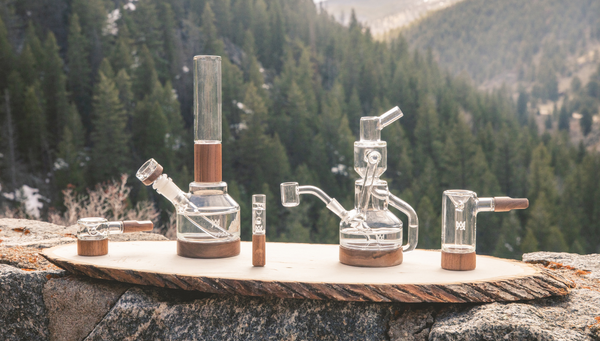
 Bubblers (NEW)
Bubblers (NEW)
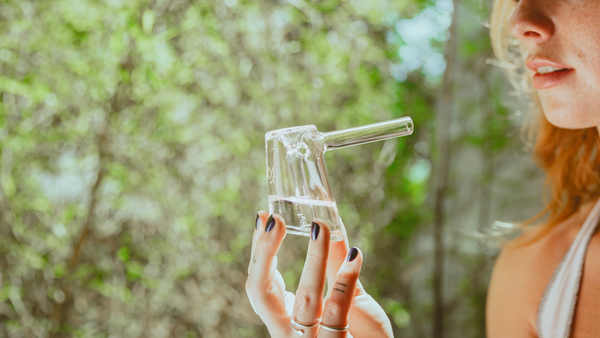
 Hand Pipes (NEW)
Hand Pipes (NEW)
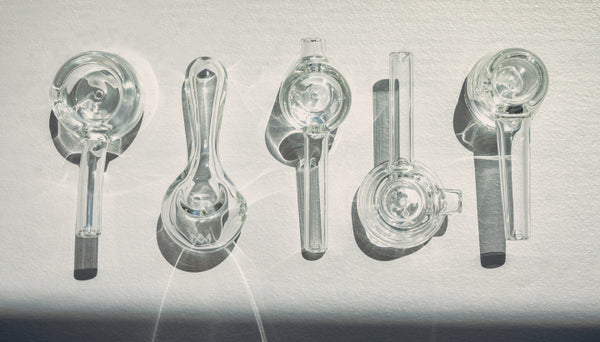
 Dab Rigs
Dab Rigs
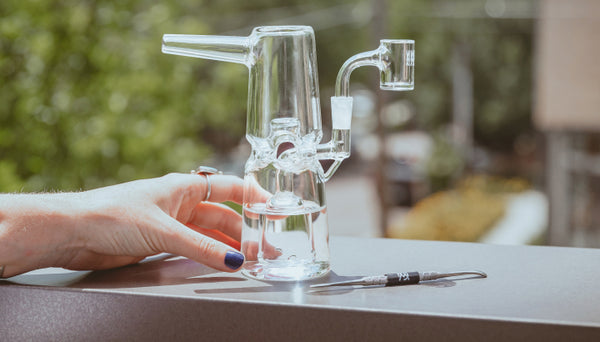
 Bongs (NEW)
Bongs (NEW)

 E-Rig Accessories (NEW)
E-Rig Accessories (NEW)

 Mystery Boxes
Mystery Boxes

 Accessories
Accessories
